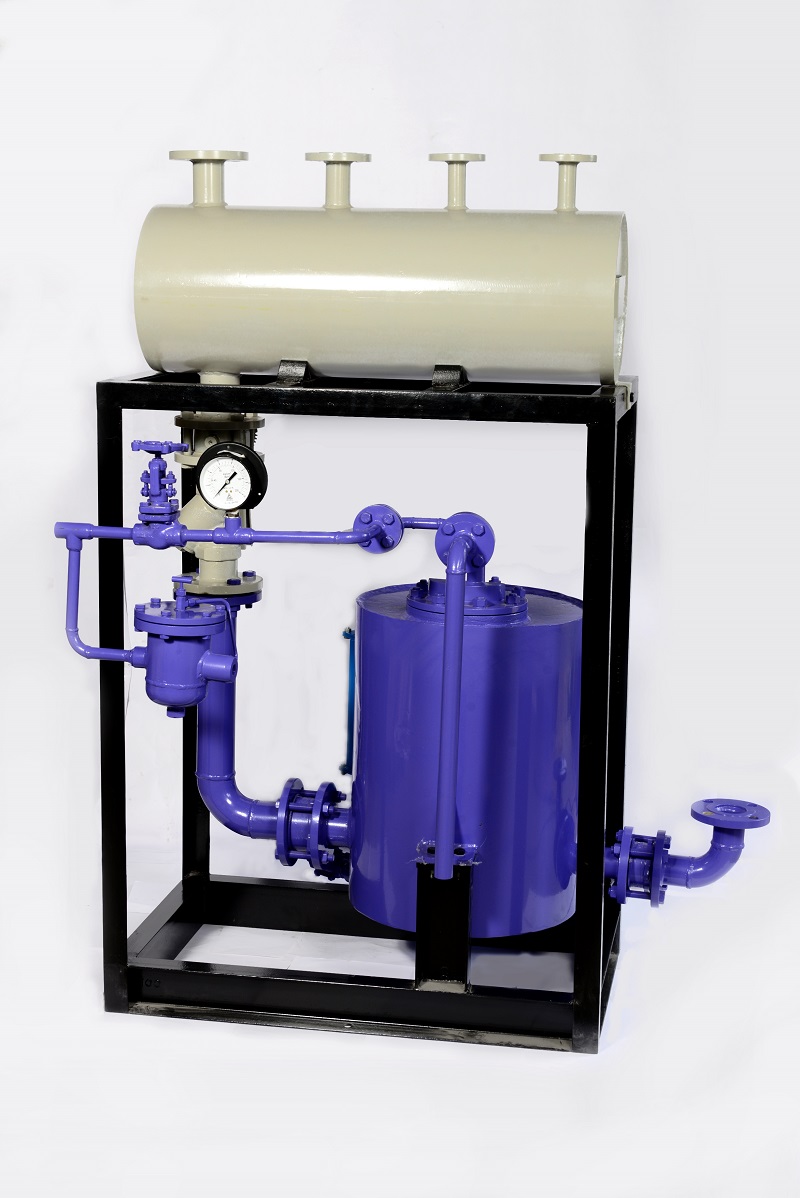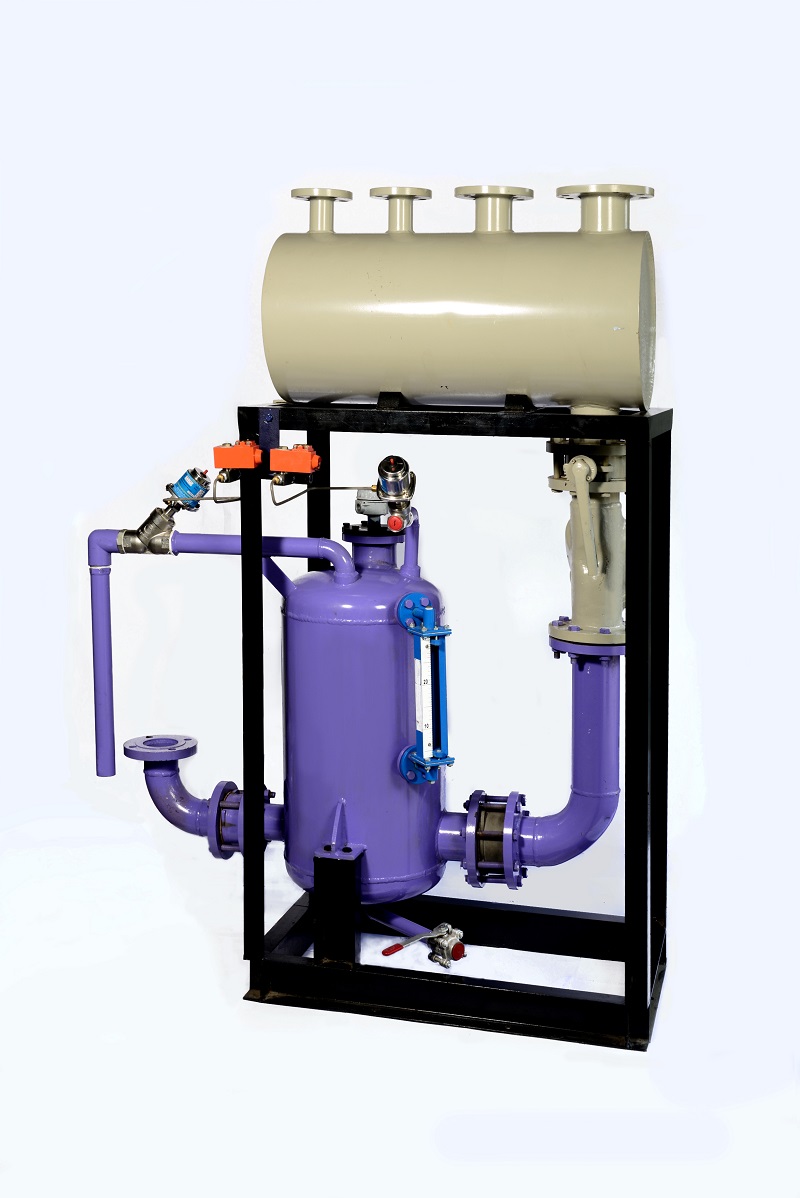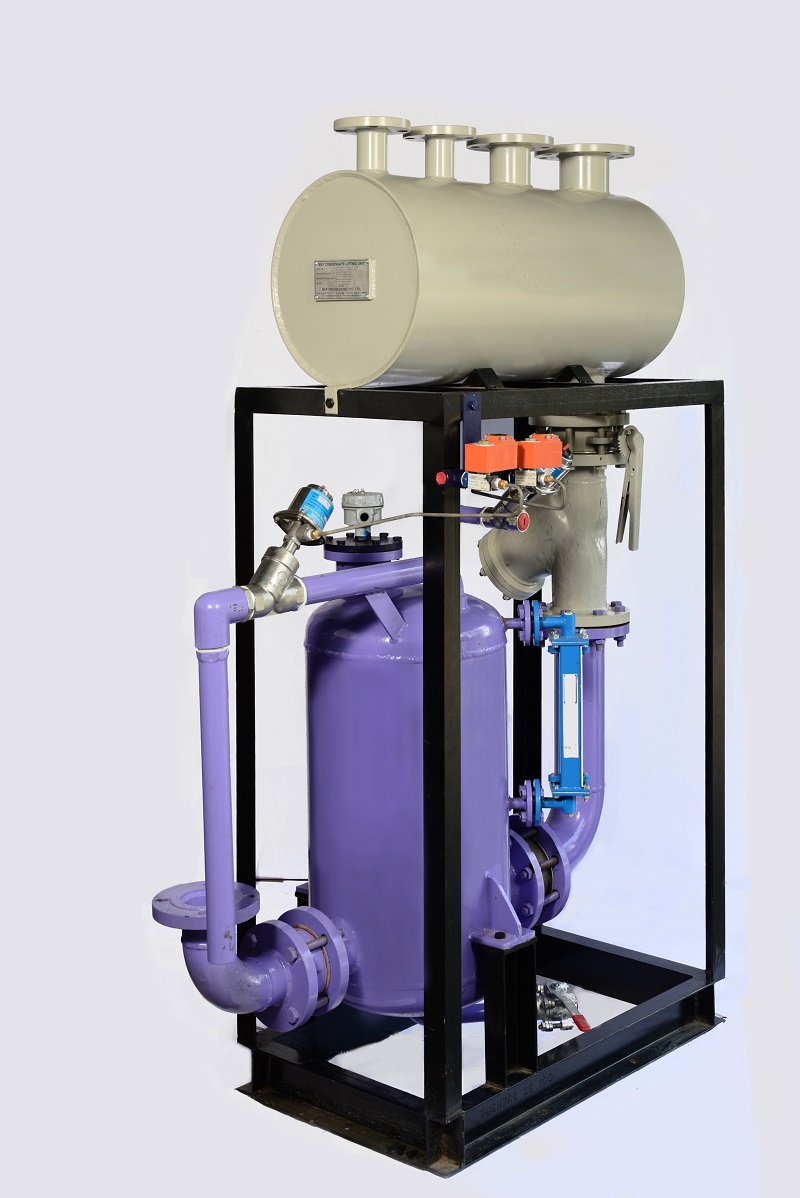Product Details
Steam is most extensively used as a heating medium in various plants. Generation of steam requires fuel oil to be burned in a boiler. Therefore, efficient use of steam is the key to energy conservation in steam using plant. Heat energy contained in steam consists of sensible heat and latent heat, the latter only being utilized in most types of steam using equipment. Heat energy contained in the condensate amounts to as much as 20 – 30% of total heat of the steam.
Steam is most extensively used as a heating medium in various plants. Generation of steam requires fuel oil to be burned in a boiler. Therefore, efficient use of steam is the key to energy conservation in steam using plant. Heat energy contained in steam consists of sensible heat and latent heat, the latter only being utilized in most types of steam using equipment. Heat energy contained in the condensate amounts to as much as 20 – 30% of total heat of the steam.
To maintain the maximum efficiency of steam equipment, condensate formed in the equipment should be discharged through steam traps as quickly as possible. In other words, the higher the temperature of discharged condensate, the higher the efficiency of the equipment, This is the way of using steam efficiently.
The discharged condensate has a fair amount of heat. For example, condensate at 3.5 Kg/cm2 (g) contains approximately 144 kcal of heat per kg of condensate. If this hot water is fed to the boiler, the amount of heat required to heat it back to the saturation temperature of the boiler reduces. This means that the fuel consumption of the boiler will reduce. (every 6 degree C rise in feed water temperature leads to a reduction of 1% in fuel consumption.)
Since it is almost pure water, it is excellent boiler feed water from a chemical point of view. The return of condensate to the feed tank reduces the effective feed water TDS, and therefore the blow down losses in the boiler.

.jpg)



 BEP Engineering Pvt. Ltd.
BEP Engineering Pvt. Ltd.